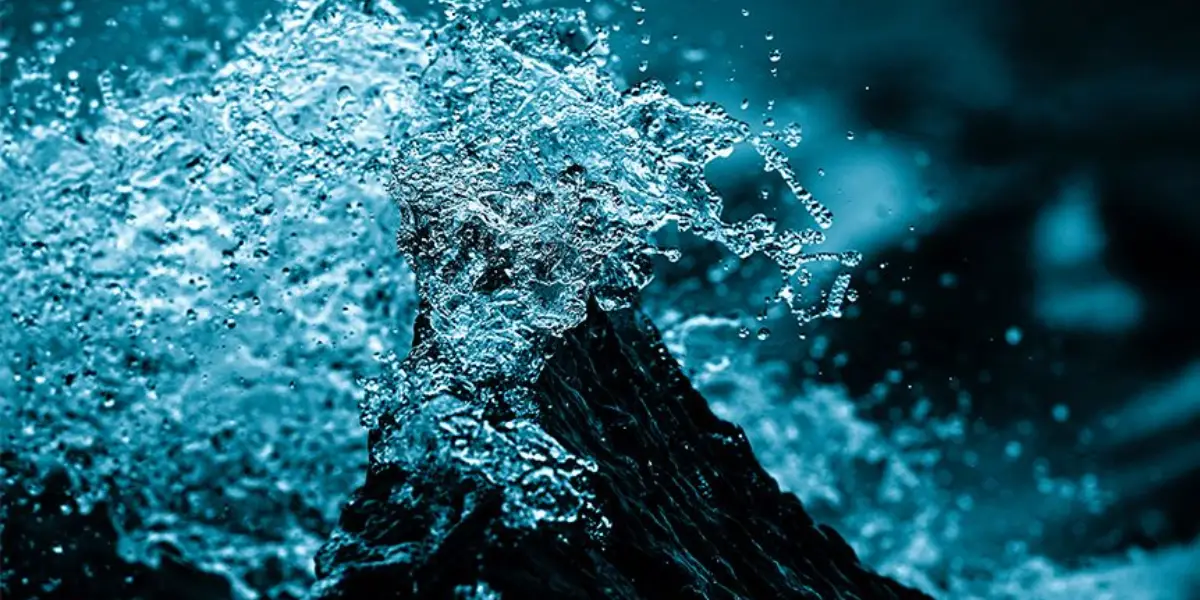Identifying and resolving leaks in the network is of paramount importance for water companies and customers. Metering is a key tool in achieving that, even more so if it's smart.
Around half of UK households now have a water meter[1], but the biannual, manual reading of traditional meters was only going to have a limited impact on the reduction of leaks on the water industry.
Fortunately, there has been a dramatic shift in the water industry’s adoption of smart water infrastructure – significantly speeding up how quickly leaks can be detected and resolved.
An early attempt came in the form of Advanced Meter Reading (AMR) meters – which can deliver readings within a 3m radius over a short-range radio connection. Some companies send out fitted vans to collect the data, while others have inventively taken advantage of vehicles already on the road by attaching reading technology to dustbin lorries. Typically, though, this approach only captures data from around 75% of AMR meters when driving slowly.
Data dilemma
While AMR meters represent marginally improved frequency and accuracy, they cannot generate data in real-time. Even when taken weekly, figures can be out of date by the time it has entered the analysis system.
To combat issues around delayed data, water companies are increasingly deploying Advanced Metering Infrastructures (AMI). These are integrated systems of AMI smart meters, communications networks and data management platforms which provide access to instant, regular, readings.
Why AMI?
Water companies are under increasing pressure to improve efficiencies: Ofwat has extended its 2025 targets to include a 17% reduction in leakage and a 64% drop in supply interruptions.
AMI can help water providers to meet these demands by ensuring timely and granular data is readily available by using highly secure managed communication networks on dedicated spectrum. Arqiva is the only company using such networks at large scale for smart metering in the UK currently - including the world’s largest smart water network for Thames Water - providing companies with access to near real-time data about where, when and how much water is being used. In response, those companies can become proactive in dealing with leaks and meet rising customer expectations.
Even better, the communications network behind AMI can be used throughout the entire water cycle: as pressure sensors in high-pressure water mains; on smaller distribution pipes noise loggers can detect abnormal sounds, while level sensors monitor wastewater. One common radio network then ties together all this information for providers to digest.
Unlike AMR, AMI automatically transmits data directly to the utility company at set intervals, which can be managed and varied by the water company to forensically analyse their network. This adds another layer of security and accuracy in contrast to the difficulties that can occur with irregular AMR unconnected readings – particularly important if something gets in the way of accessing the meter network, whether a temporary physical obstruction or longer-term events which impact the workforce, with a recent example being the coronavirus pandemic.
Working with Arqiva
We are just scratching the surface when it comes to the possibilities that smart metering and other data can deliver, and the problems it can solve, working hand-in-hand with water providers to improve their water management.
In one town alone, our network has helped Anglian Water save around 108,000 litres since 2016 while our partnership with Thames Water has led to a significant reduction in the impact of leaks in the London area – saving an estimated 930,000 litres a day.
To find out more take a look at our Smart Water Networks pages.
[1] Source: Water UK - https://www.water.org.uk/advice-for-customers/water-meters/
Views

New research: the risks and opportunities around smart water metering investments

New research: achieving the optimal smart water metering solution

Living with less: planning for a water-scarce future
